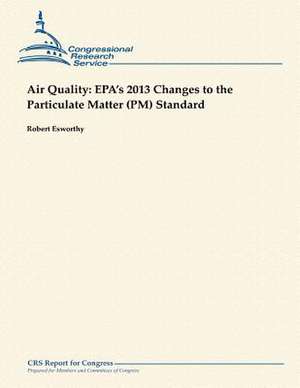Air Quality
Autor Robert Esworthyen Limba Engleză Paperback
Preț: 101.22 lei
Nou
Puncte Express: 152
Preț estimativ în valută:
19.37€ • 19.98$ • 16.16£
19.37€ • 19.98$ • 16.16£
Carte disponibilă
Livrare economică 06-20 martie
Preluare comenzi: 021 569.72.76
Specificații
ISBN-13: 9781482762051
ISBN-10: 1482762056
Pagini: 50
Dimensiuni: 216 x 279 x 3 mm
Greutate: 0.14 kg
Editura: CREATESPACE
ISBN-10: 1482762056
Pagini: 50
Dimensiuni: 216 x 279 x 3 mm
Greutate: 0.14 kg
Editura: CREATESPACE
